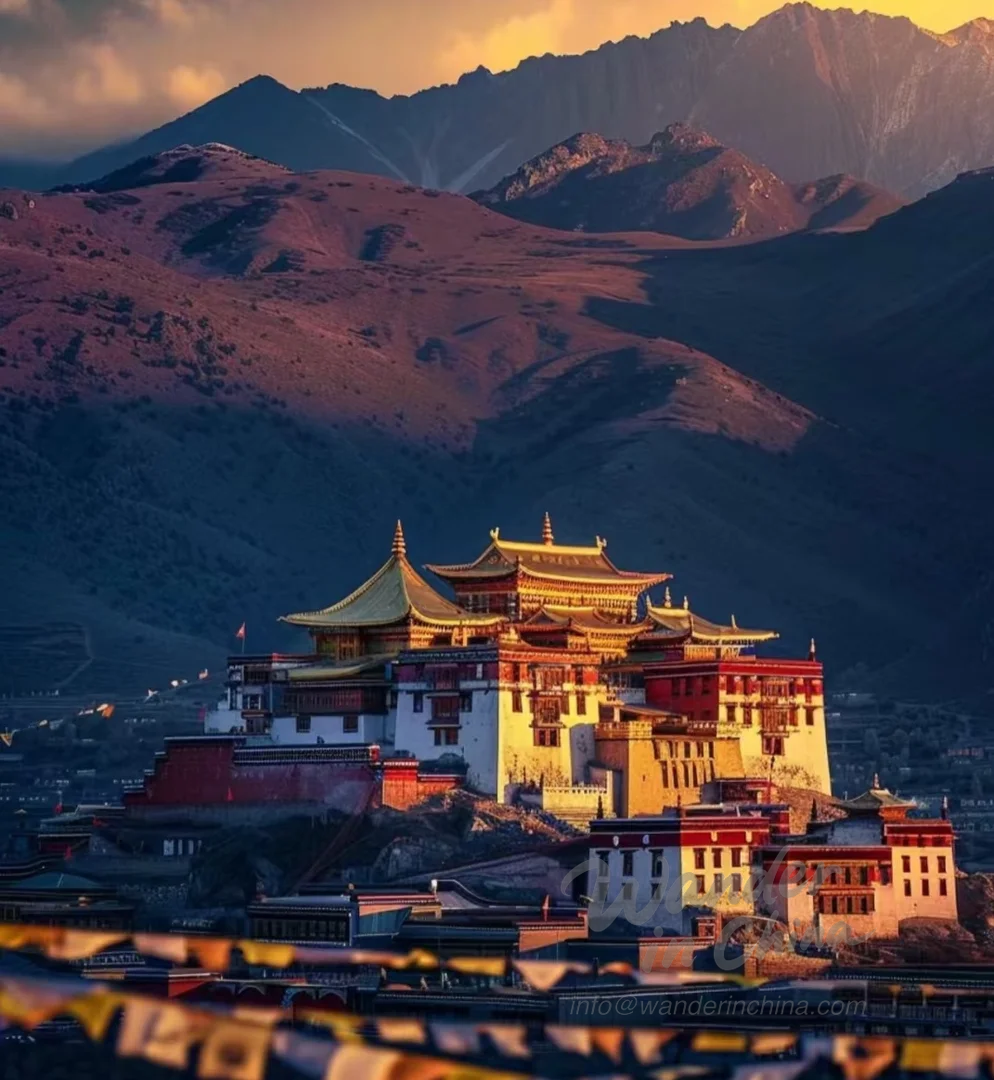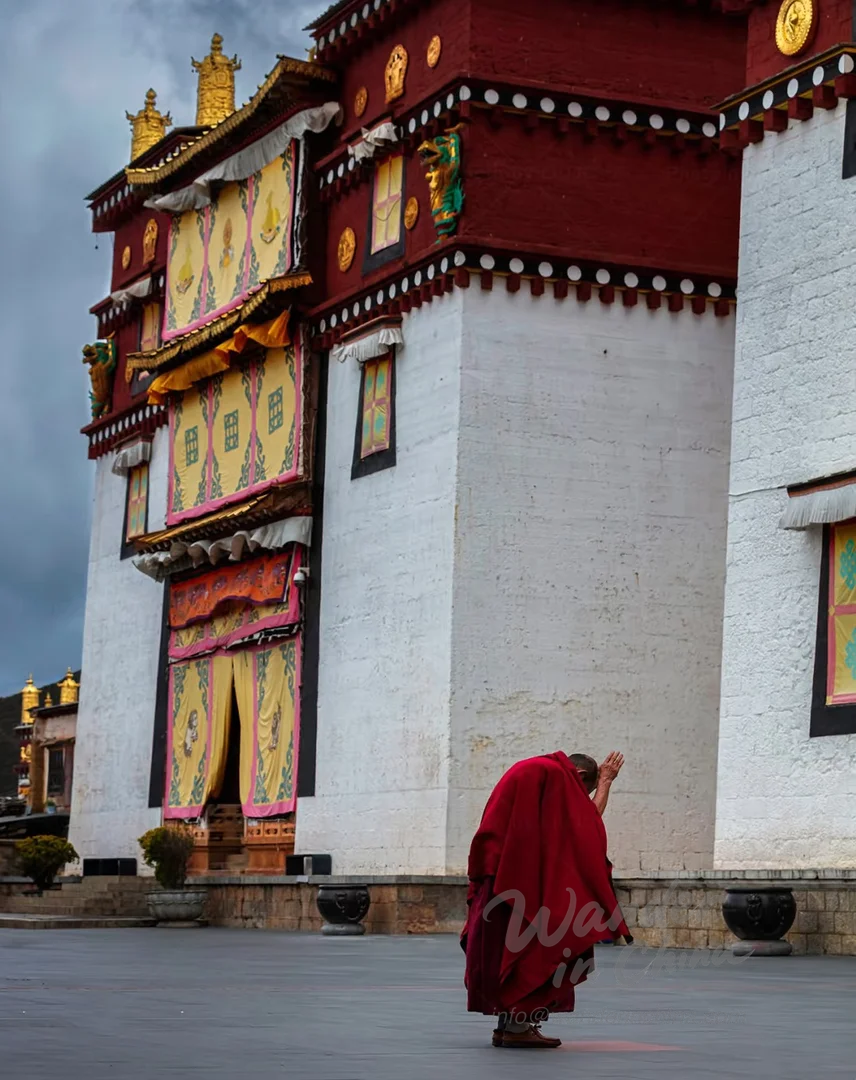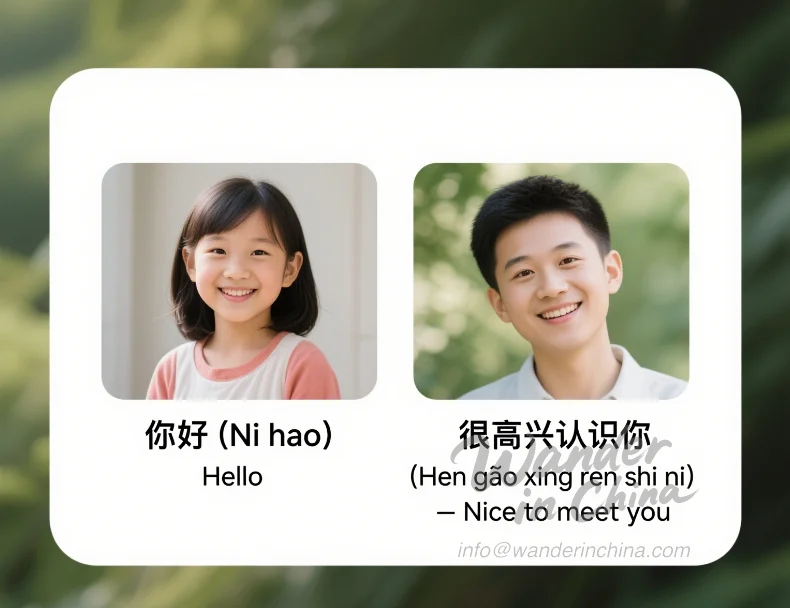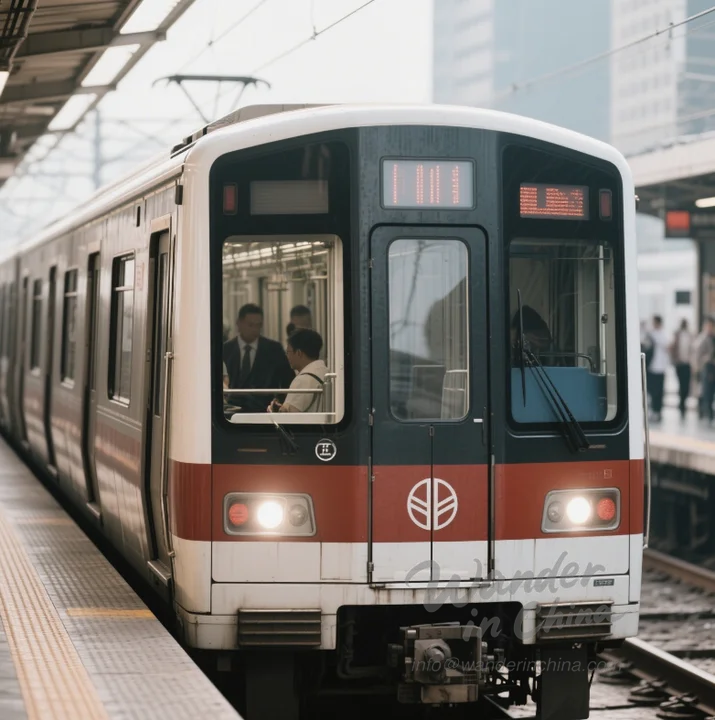Explore Miao Tie-Dye: Guizhou's Ancient Textile Art
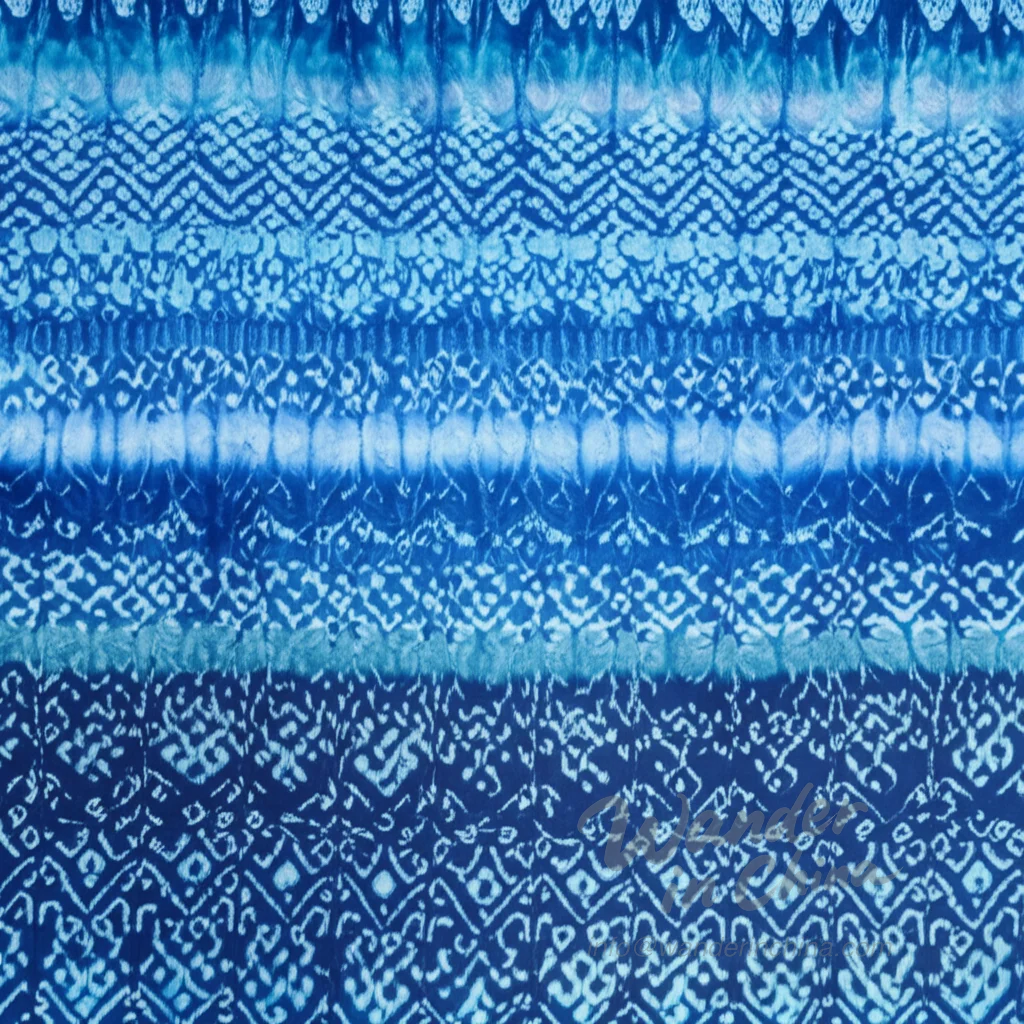
Introduction to Miao Tie-Dye
The art of tie-dye, known as zharan in China, boasts a rich history and diverse regional expressions. Among these, the Miao tie dye from Guizhou Province stands out for its intricate patterns, vibrant colors, and deep cultural significance. This ancient craft, passed down through generations, reflects the unique identity and artistic skills of the Miao ethnic group.
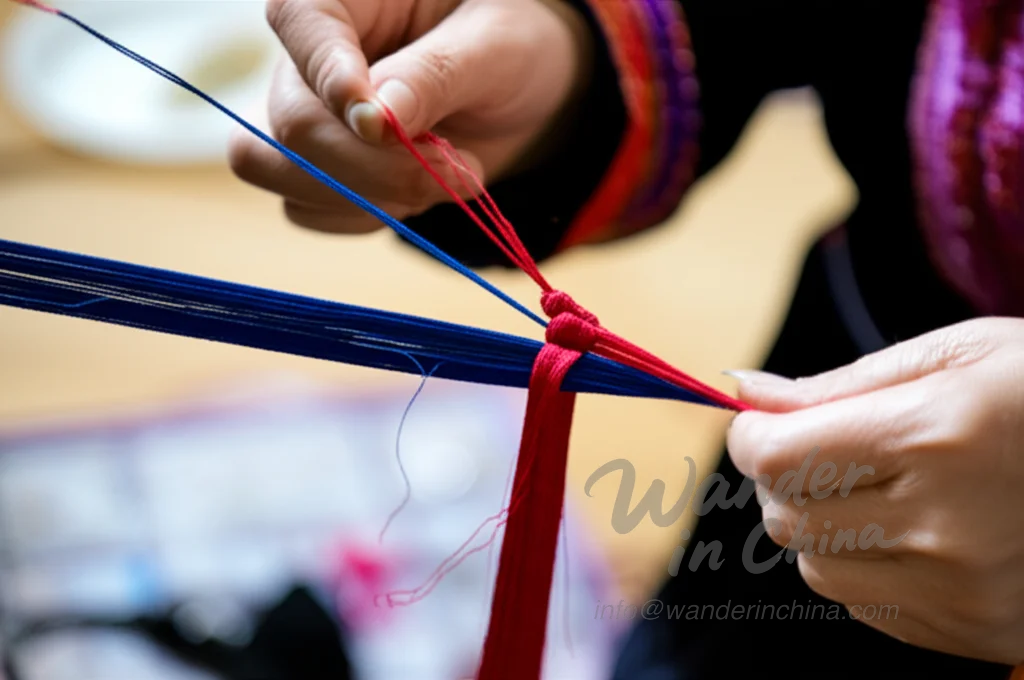
The Miao Ethnic Group and Their Textile Traditions
The Miao people, also known as Hmong, are one of China’s largest ethnic minorities, with a significant population residing in the mountainous province of Guizhou. Their culture is deeply intertwined with their textile traditions, which include weaving, embroidery, batik, and, of course, tie-dye. These textiles serve not only as clothing but also as important cultural symbols, used in ceremonies, festivals, and daily life. The artistry of Miao textiles is a testament to their creativity and resourcefulness.
Significance of Tie-Dye in Miao Culture
For the Miao people, tie-dye is more than just a technique for decorating fabric; it is an integral part of their cultural heritage. The patterns and motifs used in Miao tie dye often carry symbolic meanings, representing elements of nature, ancestral beliefs, and historical events. Traditionally, young Miao women learn the art of tie-dye from their mothers and grandmothers, passing down the knowledge and skills that have been preserved for centuries. The finished products are often used to create clothing, baby carriers, and other essential items.
Unique Patterns and Techniques
Miao tie dye is characterized by its unique patterns and the meticulous techniques used to create them. The process is labor-intensive but yields stunning results.
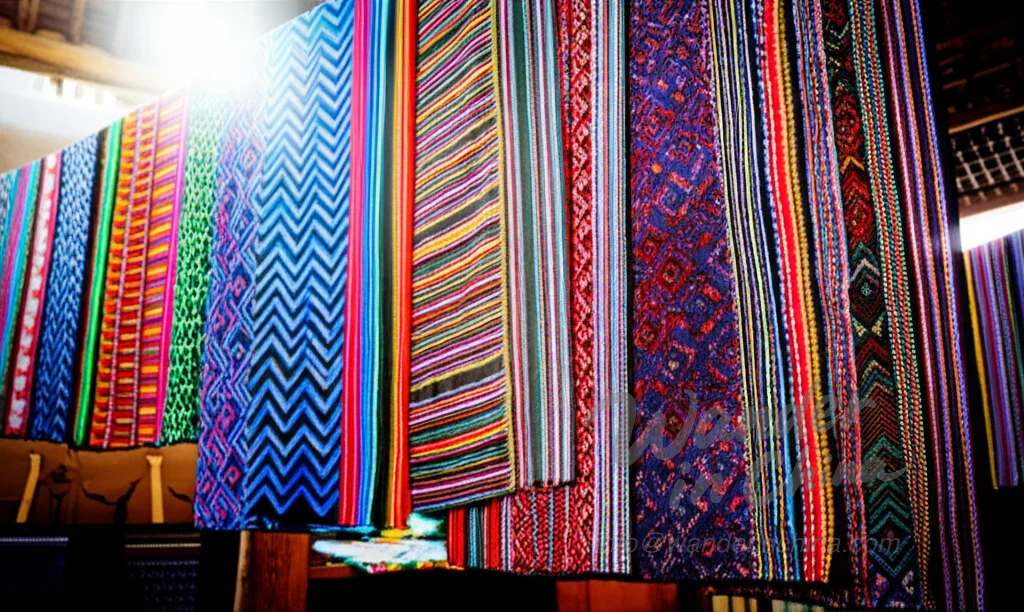
Intricate Designs and Motifs
The designs found in Miao tie dye are incredibly diverse and intricate. Common motifs include geometric patterns, floral designs, and representations of animals and mythical creatures. These patterns are often created using a combination of tying, stitching, and folding techniques, which resist the dye and create the desired effect. The precise execution of these designs requires a high level of skill and patience.
The Dyeing Process and Materials Used
The process of creating Miao tie dye involves several steps. First, the fabric, typically cotton or hemp, is carefully folded, tied, and stitched to create the desired pattern. Natural dyes, derived from plants and minerals, are then used to color the fabric. The dyeing process may be repeated several times to achieve the desired depth of color. After dyeing, the ties and stitches are removed, revealing the intricate patterns. The use of natural dyes and traditional techniques ensures that each piece of Miao tie dye is unique and environmentally friendly. For a complete overview, see our main guide to Tie-Dye (Zharan) in China.
Where to Find Miao Tie-Dye in Guizhou
For travelers interested in experiencing the beauty of Miao tie-dye firsthand, Guizhou Province offers numerous opportunities to witness the craft and purchase authentic pieces.
Markets and Workshops in Miao Villages
Many Miao villages in Guizhou are known for their tie-dye production. Visiting these villages provides a unique opportunity to see the artisans at work and learn about the traditional techniques. Local markets often feature a wide selection of Miao tie-dye products, including clothing, accessories, and home décor items. Some villages also offer workshops where visitors can try their hand at tie-dyeing.
Supporting Local Artisans
When purchasing Miao tie-dye, it is important to support local artisans and ensure that the products are authentic. Buying directly from the artisans or from reputable organizations that work with them helps to preserve the traditional craft and provide economic opportunities for the Miao people. Look for pieces that are made with natural dyes and traditional techniques, and be wary of mass-produced imitations. Buying Authentic Chinese Tie-Dye: A Souvenir Guide for Travelers [/blog/buying-authentic-chinese-tie-dye-a-souvenir-guide-for-travelers/] can help you make informed purchasing decisions.
The Cultural Significance of Miao Tie-Dye
Miao tie-dye is more than just a beautiful art form; it is a living expression of the Miao culture. By preserving and promoting this traditional craft, we can help to ensure that it continues to thrive for generations to come. Exploring the art of Miao tie-dye allows travelers to connect with the rich cultural heritage of Guizhou and gain a deeper appreciation for the artistry and ingenuity of the Miao people.

